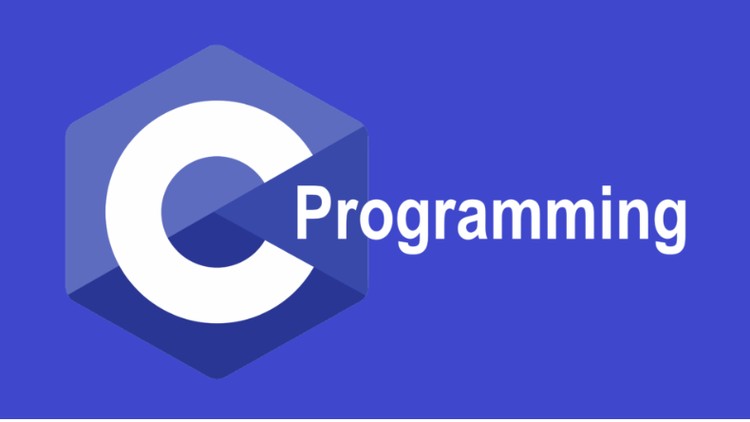(C Programming Tutorials)
Types of User-defined Functions in C Programming
In this tutorial, you will learn about different approaches you can take to solve the same problem using functions.
The output of all these programs below is the same, and we have created a user-defined function in each example. However, the approach we have taken in each example is different.
Example 1: No arguments passed and no return value
#include <stdio.h>
void checkPrimeNumber();
int main(){
checkPrimeNumber(); // argument is not passed
return 0;
}
// return type is void meaning doesn't return any value
void checkPrimeNumber(){
int n, i, flag = 0;
printf("Enter a positive integer: ");
scanf("%d",&n);
for(i=2; i <= n/2; ++i)
{
if(n%i == 0)
{
flag = 1;
}
}
if (flag == 1)
printf("%d is not a prime number.", n);
else
printf("%d is a prime number.", n);
}
The checkPrimeNumber() function takes input from the user, checks whether it is a prime number or not and displays it on the screen.
The empty parentheses in checkPrimeNumber(); statement inside the main() function indicates that no argument is passed to the function.
The return type of the function is void. Hence, no value is returned from the function.
Example 2: No arguments passed but a return value
#include <stdio.h>
int getInteger();
int main(){
int n, i, flag = 0;
// no argument is passed
n = getInteger();
for(i=2; i<=n/2; ++i)
{
if(n%i==0){
flag = 1;
break;
}
}
if (flag == 1)
printf("%d is not a prime number.", n);
else
printf("%d is a prime number.", n);
return 0;
}
// returns integer entered by the user
int getInteger(){
int n;
printf("Enter a positive integer: ");
scanf("%d",&n);
return n;
}
The empty parentheses in the n = getInteger(); statement indicates that no argument is passed to the function. And, the value returned from the function is assigned to n.
Here, the getInteger() function takes input from the user and returns it. The code to check whether a number is prime or not is inside the main() function.
Example 3: Argument passed but no return value
#include <stdio.h>
void checkPrimeAndDisplay(int n);
int main(){
int n;
printf("Enter a positive integer: ");
scanf("%d",&n);
// n is passed to the function
checkPrimeAndDisplay(n);
return 0;
}
// return type is void meaning doesn't return any value
void checkPrimeAndDisplay(int n){
int i, flag = 0;
for(i=2; i <= n/2; ++i)
{
if(n%i == 0){
flag = 1;
break;
}
}
if(flag == 1)
printf("%d is not a prime number.",n);
else
printf("%d is a prime number.", n);
}
The integer value entered by the user is passed to the checkPrimeAndDisplay() function.
Here, the checkPrimeAndDisplay() function checks whether the argument passed is a prime number or not and displays the appropriate message.
Example 4: Argument passed and a return value
#include <stdio.h>
int checkPrimeNumber(int n);
int main(){
int n, flag;
printf("Enter a positive integer: ");
scanf("%d",&n);
// n is passed to the checkPrimeNumber() function
// the returned value is assigned to the flag variable
flag = checkPrimeNumber(n);
if(flag == 1)
printf("%d is not a prime number",n);
else
printf("%d is a prime number",n);
return 0;
}
// int is returned from the function
int checkPrimeNumber(int n){
int i;
for(i=2; i <= n/2; ++i)
{
if(n%i == 0)
return 1;
}
return 0;
}The input from the user is passed to the checkPrimeNumber() function.
The checkPrimeNumber() function checks whether the passed argument is prime or not.
If the passed argument is a prime number, the function returns 0. If the passed argument is a non-prime number, the function returns 1. The return value is assigned to the flag variable.
Depending on whether flag is 0 or 1, an appropriate message is printed from the main() function.
Disclaimer: The information and code presented within this recipe/tutorial is only for educational and coaching purposes for beginners and developers. Anyone can practice and apply the recipe/tutorial presented here, but the reader is taking full responsibility for his/her actions. The author (content curator) of this recipe (code / program) has made every effort to ensure the accuracy of the information was correct at time of publication. The author (content curator) does not assume and hereby disclaims any liability to any party for any loss, damage, or disruption caused by errors or omissions, whether such errors or omissions result from accident, negligence, or any other cause. The information presented here could also be found in public knowledge domains.
Learn by Coding: v-Tutorials on Applied Machine Learning and Data Science for Beginners
Latest end-to-end Learn by Coding Projects (Jupyter Notebooks) in Python and R:
All Notebooks in One Bundle: Data Science Recipes and Examples in Python & R.
End-to-End Python Machine Learning Recipes & Examples.
End-to-End R Machine Learning Recipes & Examples.
Applied Statistics with R for Beginners and Business Professionals
Data Science and Machine Learning Projects in Python: Tabular Data Analytics
Data Science and Machine Learning Projects in R: Tabular Data Analytics
Python Machine Learning & Data Science Recipes: Learn by Coding
R Machine Learning & Data Science Recipes: Learn by Coding
Comparing Different Machine Learning Algorithms in Python for Classification (FREE)
There are 2000+ End-to-End Python & R Notebooks are available to build Professional Portfolio as a Data Scientist and/or Machine Learning Specialist. All Notebooks are only $29.95. We would like to request you to have a look at the website for FREE the end-to-end notebooks, and then decide whether you would like to purchase or not.
Which approach is better?
Well, it depends on the problem you are trying to solve. In this case, passing argument and returning a value from the function (example 4) is better.
A function should perform a specific task. The checkPrimeNumber() function doesn’t take input from the user nor it displays the appropriate message. It only checks whether a number is prime or not.
